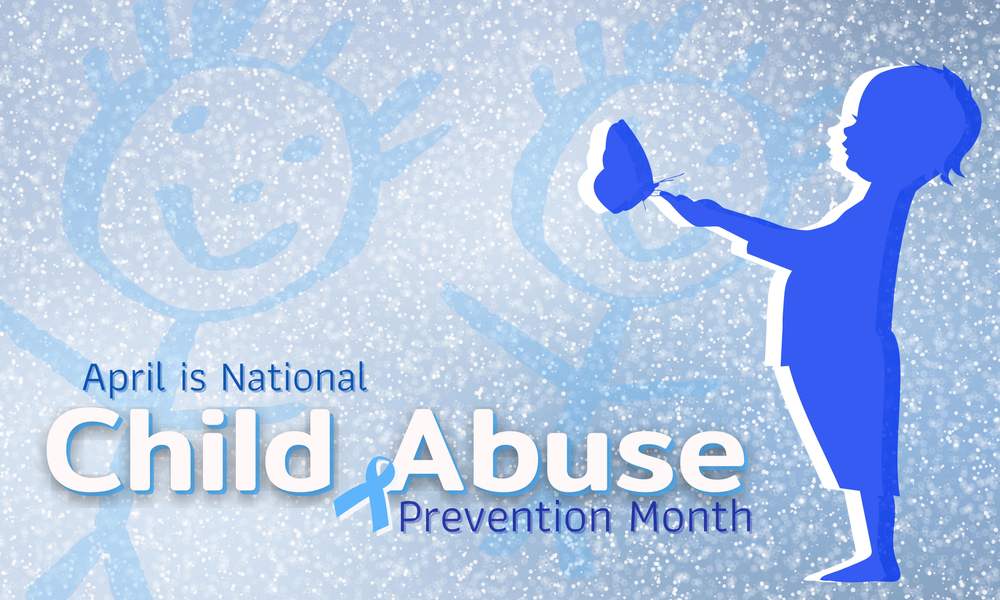
It’s Time to Go Inside
In the northern hemisphere, it’s the time of year when we move from light to dark, from the radiating, outward energy of the summer sun to the reflective, inner realm of the winter moon. Earlier and earlier each day, I find myself calling out to my children in the yard, “It’s time to go inside!” In some communities, we see candles in pumpkins, lights strung on porches and tables prepared for harvest gatherings. As the days draw short, we find ways to bring light to the long dark days.
For many of us, especially those struggling with mental health difficulties, this change of season and the call to go inside makes the dark days feel particularly long. Without the external stimulation and energy coming from outside sources, these moments can bring discomfort with them.
Recently, a client at CGE found herself having a close encounter with her own darkness, feeling the feelings that she had tamped down with substances up until this point. Her external ways of managing her pain were no longer accessible to her in our treatment program: no substances, no self-harming behaviors, no unhealthy relationships to distract her from her internal feelings. Just like the fall season calls us to reflect on our inner world, this moment called for the client to go inside. However, at CGE, no client does this alone.
We bring light into the dark places by being with our clients and accepting them fully: the light and the dark. The relationship between staff and client is the figurative string of lights decorating the front door on a long winter night.
We create what is called a “holding environment,” where staff are able to hold a space for the client’s difficult emotions. We are trained to regulate our own emotions so that we can allow, rather than try to change or fix, the client’s emotional expression. For example, when she wanted to leave the program to use substances, we sat with her and talked about how normal this feeling is in early recovery.
Humans are hard-wired for connection. As physician and trauma expert Gabor Maté states, “Safety is not the absence of threat, it is the presence of connection.” As this client encountered her difficult feelings, we could not remove the threat, but we could offer safety by being present with her.
As we enter this season where we honor the dark, let us consider going inside. Let us embrace the wisdom that occurs in human growth by going through difficult times, while fully supported by connected relationships. May we understand that mental health is not about removing the difficulty or resolving a discomfort, but about being able to fully connect with another person and being together in the dark.


